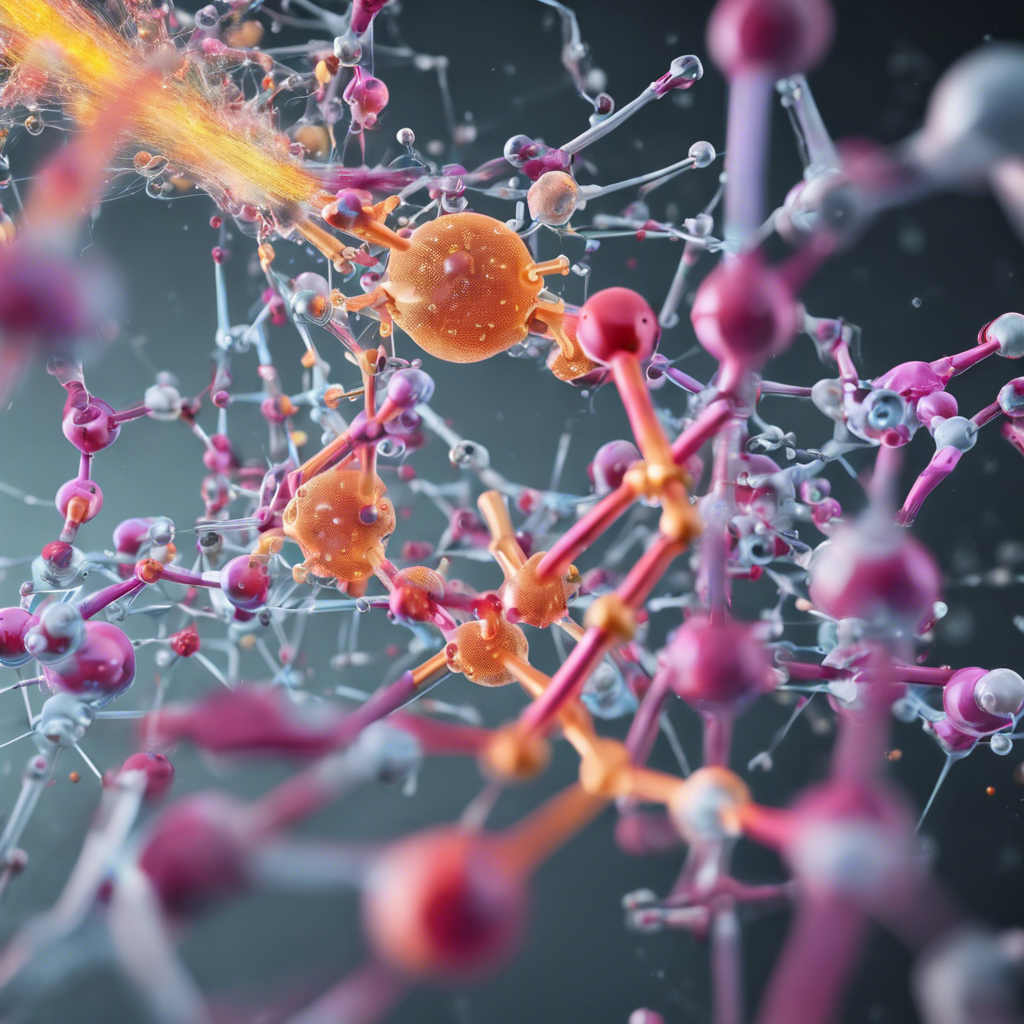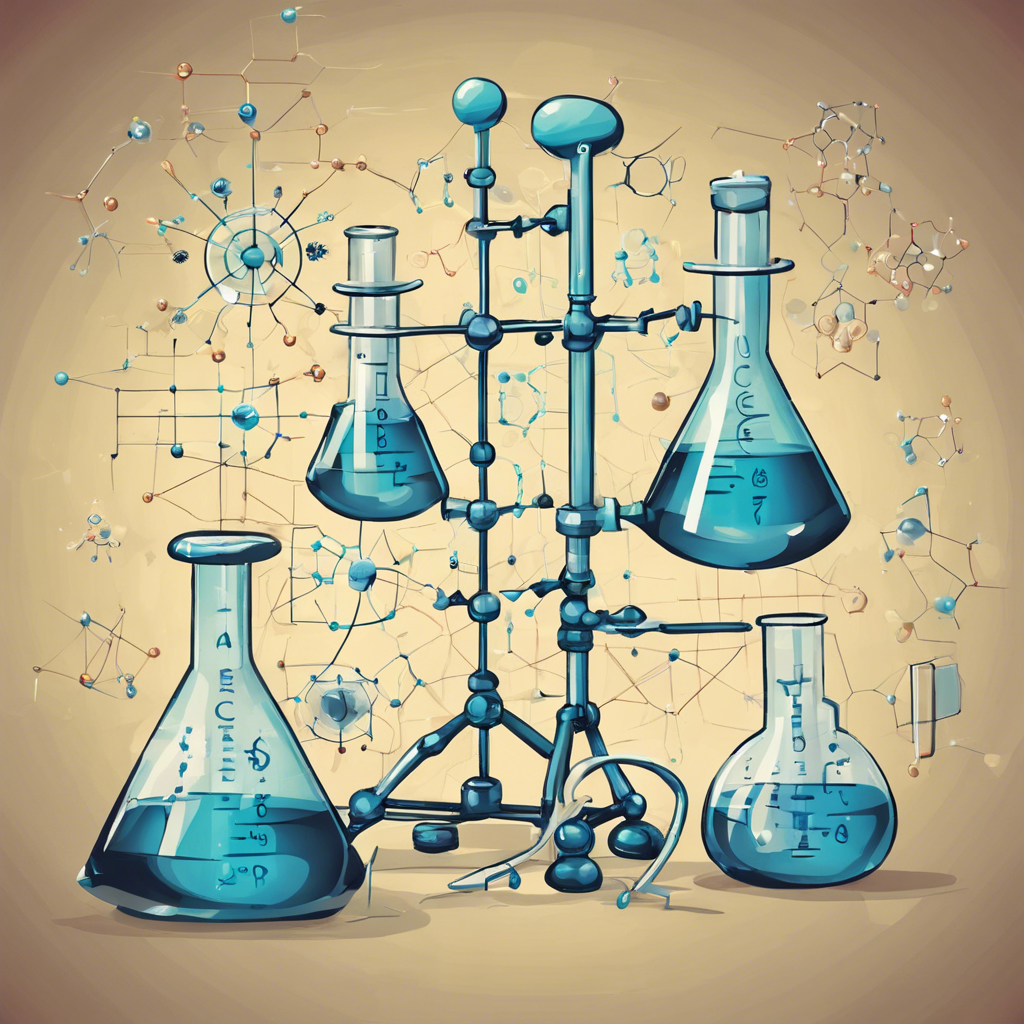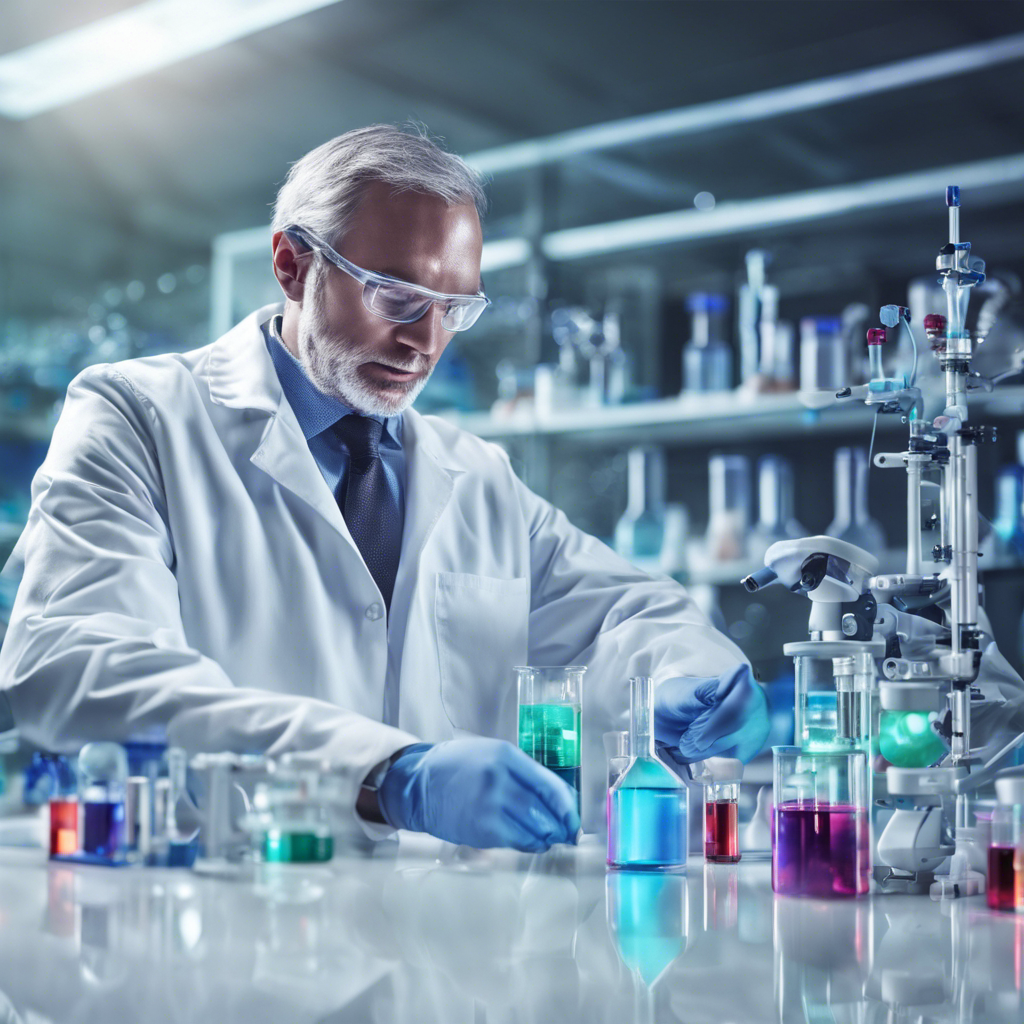Researchers at MIT Develop AI Tool to Expedite Transition State Calculations
In the world of chemistry, understanding the transition state of a reaction is crucial for predicting the outcome and developing new materials, fuels, and pharmaceuticals. This fleeting moment, when molecules collide and energy peaks, determines the products of the reaction. However, unraveling the complexities of the transition state has traditionally been a time-consuming process that relies on quantum chemistry. Now, researchers at the Massachusetts Institute of Technology (MIT) have harnessed the power of artificial intelligence (AI) to expedite this calculation, potentially revolutionizing the field of chemistry.
The Challenge of Transition State Calculations:
Finding the transition state of a chemical reaction has typically relied on a quantum method called density functional theory, which can take days to calculate a single transition state. In recent years, chemists have explored the use of machine learning to streamline this process. However, one of the major obstacles has been the diverse angles and orientations at which molecules collide during a reaction. Traditional machine learning models struggle to account for these variations, treating them as separate reactions.
The Breakthrough: AI Predicts Transition States:
Led by Associate Professor Heather Kulik, the MIT research team sought to develop a program capable of calculating transition states for molecules in any orientation to each other. They employed a generative AI tool known as a diffusion model and trained it on a dataset of 9,000 chemical reactions. By feeding the model molecular shapes of reagents, transition states, and products, the researchers enabled it to learn the underlying distribution of these structures.
The Functioning of the AI Model:
Once trained, the AI model was able to generate transition state structures that paired with given reactants and products. The researchers tested the program by providing it with 1,000 new reactions and instructing it to generate 40 possible transition states for each one. Another model, known as a confidence model, helped identify the most probable transition states among the generated options. Remarkably, the program was able to generate accurate transition states for each reaction in a matter of seconds.
The Implications and Advantages:
The newfound ability to rapidly calculate transition states using AI has significant implications for the field of chemistry. Instead of spending days on individual calculations, chemists can now generate thousands of transition states in the same time frame. This breakthrough has the potential to accelerate the development of new materials, fuels, and pharmaceuticals, while also aiding the study of biological reactions.
Limitations and Future Directions:
Although the researchers used small molecules in their study, limiting the scope to reactions involving up to 23 atoms, they found that the AI model could still accurately predict transition states for larger molecules. However, the application of this AI tool to complex reactions involving proteins or drug synthesis requires further exploration.
Conclusion:
The marriage of AI and chemistry has brought forth a groundbreaking development in the field of transition state calculations. The MIT researchers have demonstrated that by training a generative AI model on a dataset of chemical reactions, it is possible to predict transition states accurately and rapidly. This innovation has the potential to revolutionize the way chemists approach the design of new materials, fuels, and pharmaceuticals. With the ability to generate thousands of transition states in seconds, this AI tool opens up new avenues for discovery and innovation in the world of chemistry.











